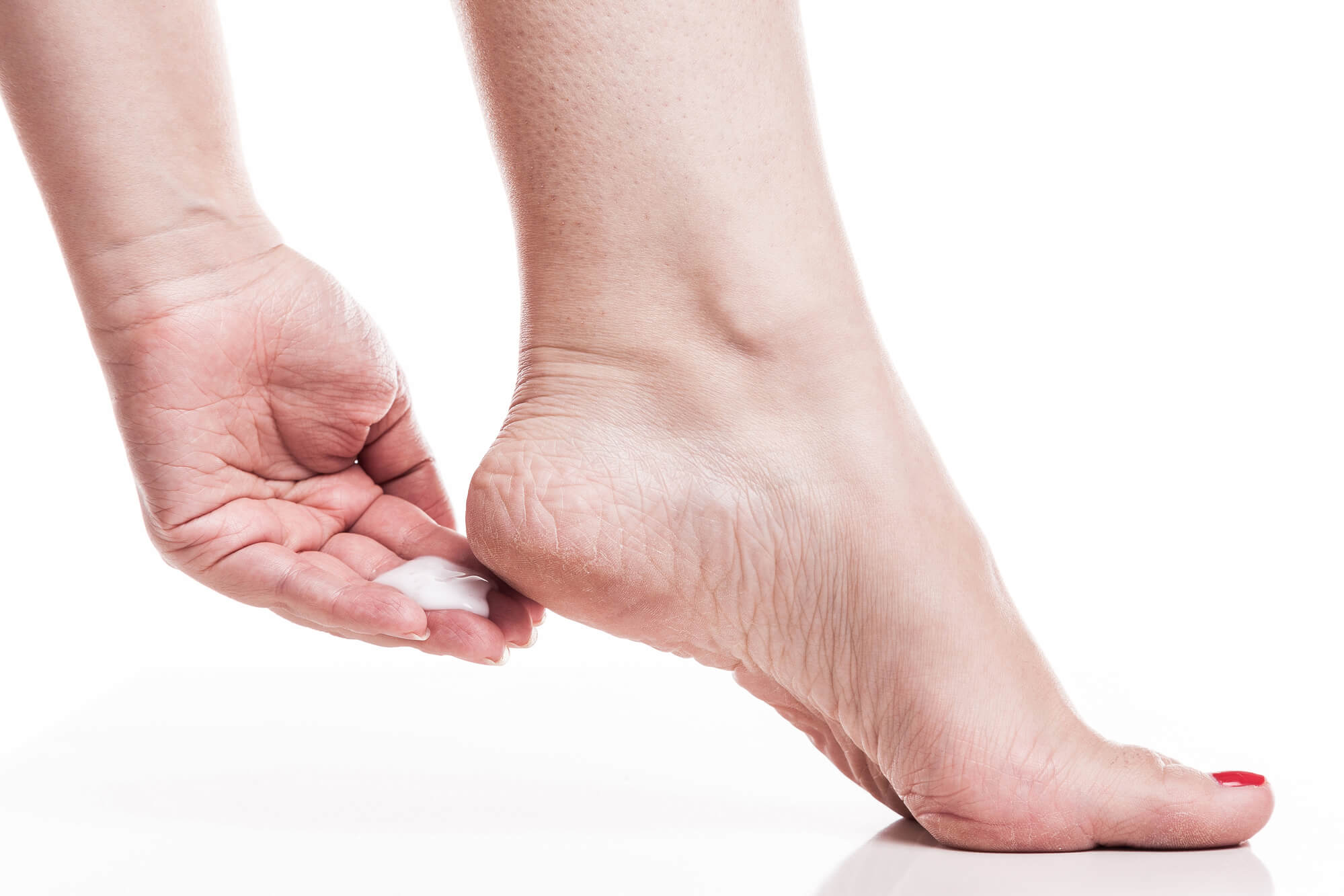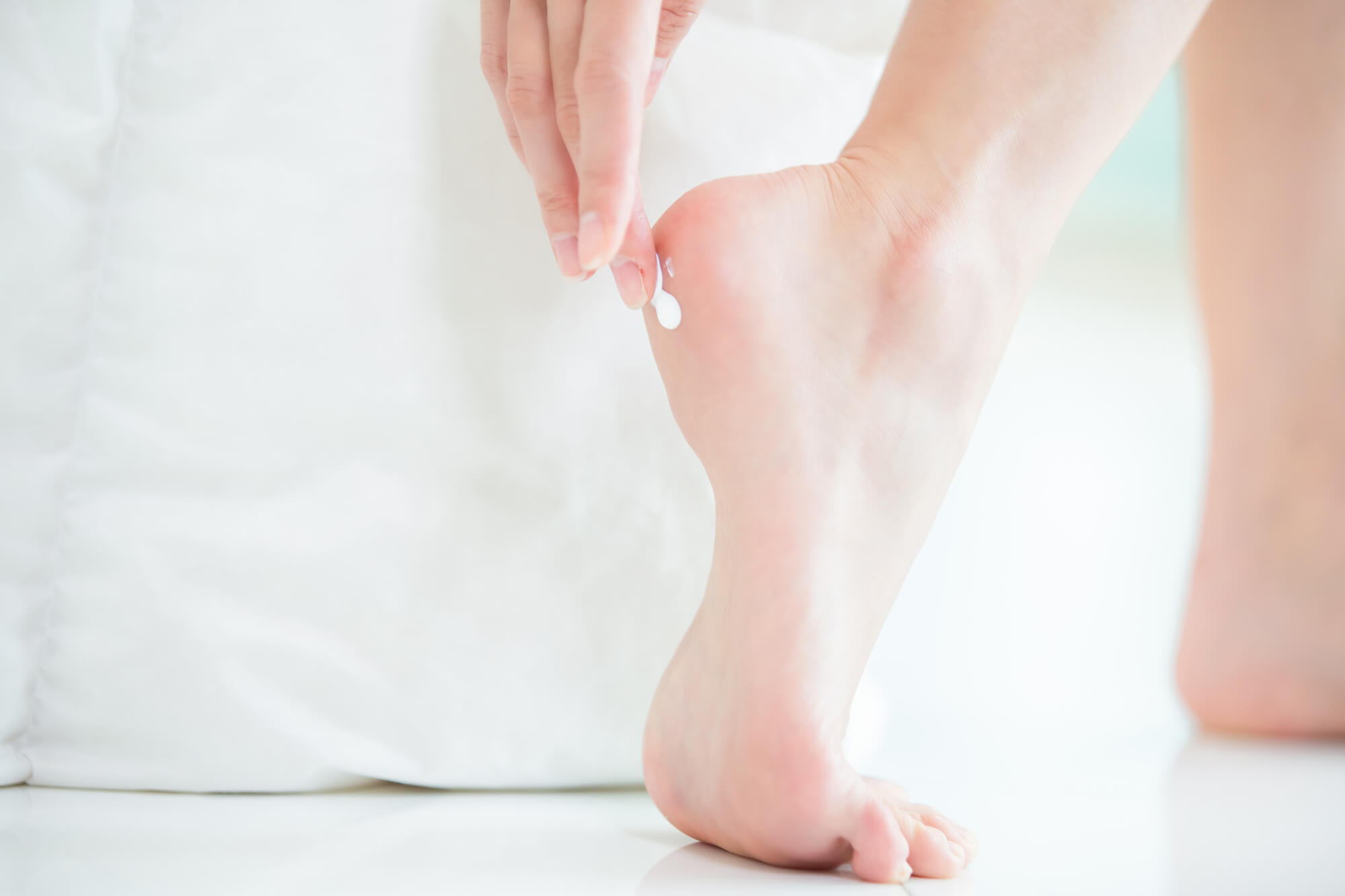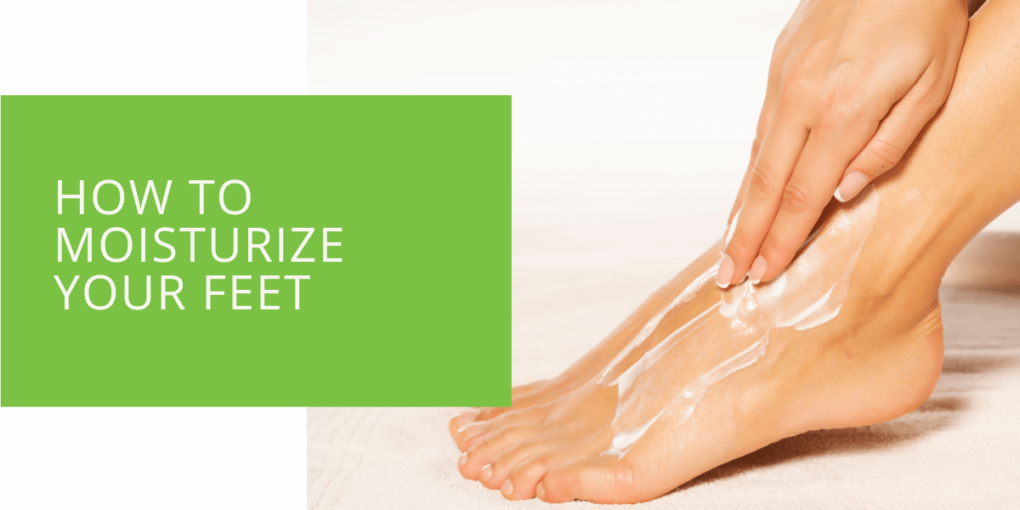How to Moisturize Your Feet
Moisturizing your feet is an essential part of foot care. It can help prevent dry skin and cracked heels and reduce the risk of infection. This article will discuss why moisturizing your feet is important, the best practices for moisturizing your feet, DIY foot moisturizing treatments, tips for maintaining soft, moisturized feet, and when to see a podiatrist.
Why is Moisturizing Your Feet Important?
Moisturizing your feet is important for many reasons. Dry, cracked feet can be unsightly and embarrassing but can also lead to more serious problems such as infections. Here are some of the reasons why it's important to moisturize your feet and how it can benefit you.
Prevent Dryness and Cracking
Moisturizing your feet helps prevent dryness and cracking. Dry feet can lead to cracks in the skin, making it easier for bacteria and fungi to enter the body and cause infection. Keeping your feet moisturized can help prevent this from happening.
Reduce the Risk of Infection
Moisturizing your feet can also reduce the risk of infection. When the skin is dry and cracked, it is more susceptible to infection. Moisturizing your feet can help keep the skin healthy and protect it from infection.
Improve Appearance
Moisturizing your feet can also improve their appearance. Dry, cracked feet can be unsightly and embarrassing. Regular moisturizing can help keep your feet soft and smooth.

Best Practices for Moisturizing Your Feet
Choosing the right moisturizer and applying it at the right time can make a big difference in how effective it is at moisturizing your feet. Here are some of the best practices for moisturizing your feet to help you keep them healthy and soft.
Choose the Right Moisturizer
When choosing a moisturizer for your feet, it's important to choose one designed specifically for the feet. Look for a moisturizer that contains urea, which can help exfoliate dead skin cells and improve the skin's ability to retain moisture. You can also look for a lotion that contains petroleum jelly or glycerin, which can help lock in moisture.
Apply Moisturizer After Bathing
The best time to apply moisturizer to your feet is after bathing or soaking your feet in warm water. This is when your skin is most absorbent and can best benefit from the moisturizer. Pat your feet dry with a towel before applying the moisturizer.
Use Moisturizing Socks
Moisturizing socks can help lock in moisture and promote deeper penetration of the moisturizer. These socks are designed to be worn overnight after applying the moisturizer. They are usually made of cotton or other breathable materials that allow the skin to breathe.
Avoid Harsh Soaps and Hot Water
Harsh soaps and hot water can strip your skin of natural oils, leading to dryness and cracking. Instead, use mild soap and lukewarm water to wash your feet.
Drink Plenty of Water
Drinking plenty of water can help keep your skin hydrated from the inside out. Drink at least eight glasses of water daily to keep your skin healthy and hydrated.

DIY Foot Moisturizing Treatments
If you're looking for a natural remedy for dry, cracked feet, you can try many DIY foot moisturizing treatments. Here are some of the most effective DIY foot moisturizing treatments that you can use to keep your feet soft and healthy.
Coconut Oil
Coconut oil is a natural moisturizer that can help soothe dry, cracked feet. Apply a small amount of coconut oil to your feet and massage it before bedtime. Put on a pair of cotton socks and leave them on overnight for best results.
Oatmeal Foot Soak
Oatmeal is an excellent natural remedy for dry, itchy skin. To make an oatmeal foot soak, mix one cup of oatmeal with warm water and soak your feet for 20 minutes. Rinse your feet with cool water and pat them dry. Apply moisturizer after soaking.
Epsom Salt Foot Soak
Epsom salt is a natural remedy for tired, achy feet. To make an Epsom salt foot soak, add ½ cup of Epsom salt to a basin of warm water and soak your feet for 15-20 minutes. Rinse your feet with cool water and pat them dry. Apply moisturizer after soaking.
Aloe Vera Gel
Aloe vera gel is a natural moisturizer that can help soothe dry, cracked feet. Apply a small amount of aloe vera gel to your feet and massage it in before bedtime. Put on a pair of cotton socks and leave them on overnight for best results.

Tips for Maintaining Soft, Moisturized Feet
Moisturizing your feet is just one part of keeping them soft and healthy. Below are some additional tips for maintaining soft, moisturized feet.
Wear Comfortable Shoes
Wearing uncomfortable shoes can lead to calluses and cracked heels. Make sure to wear shoes that fit properly and are comfortable to wear.
Exfoliate Regularly
Exfoliating your feet can help remove dead skin cells and promote the growth of new skin cells. Use a pumice stone or a foot file to remove calluses and dead skin gently.
Keep Feet Clean and Dry
Keeping your feet clean and dry can help prevent fungal infections. Make sure to wash your feet daily and dry them thoroughly, especially between the toes.
Use a Pumice Stone
A pumice stone can help remove calluses and dead skin from your feet. Use a pumice stone after soaking your feet to remove the dead skin gently.
Trim Toenails Properly
Trim your toenails straight across to prevent ingrown toenails. Make sure to trim your nails regularly to keep them healthy.

When to See a Podiatrist
In some cases, persistent dryness and cracking of the feet can be a sign of an underlying condition that requires medical attention. Below are some of the situations in which you should see a podiatrist to help you get the best possible care for your feet.
Persistent Dryness and Cracking
If your feet are persistently dry and cracked, even after moisturizing, it may indicate an underlying condition such as eczema or psoriasis. A podiatrist can help diagnose and treat these conditions.
Fungal Infections
If you suspect you have a fungal infection, such as athlete's foot, see a podiatrist for treatment. These infections can be difficult to treat independently and may require prescription medication.
Foot Ulcers
If you have a foot ulcer, seeing a podiatrist for treatment is important. Foot ulcers can indicate an underlying condition such as diabetes and require prompt medical attention.
Other Foot or Ankle Problems
See a podiatrist for evaluation and treatment if you have other foot or ankle problems, such as pain, swelling, or difficulty walking.
Conclusion
Moisturizing your feet is an essential part of foot care. It can help prevent dry skin and cracked heels and reduce the risk of infection. The best practices for moisturizing your feet include choosing the right moisturizer, applying moisturizer after bathing, using moisturizing socks, avoiding harsh soaps and hot water, and drinking plenty of water. DIY moisturizing treatments, such as coconut oil, oatmeal foot soak, Epsom salt foot soak, and aloe vera gel, can also help soothe dry, cracked feet. Maintaining soft, moisturized feet involves wearing comfortable shoes, exfoliating regularly, keeping your feet clean and dry, using a pumice stone, and trimming toenails properly. See a podiatrist for evaluation and treatment if you experience persistent dryness and cracking, fungal infections, foot ulcers, or other foot or ankle problems.

